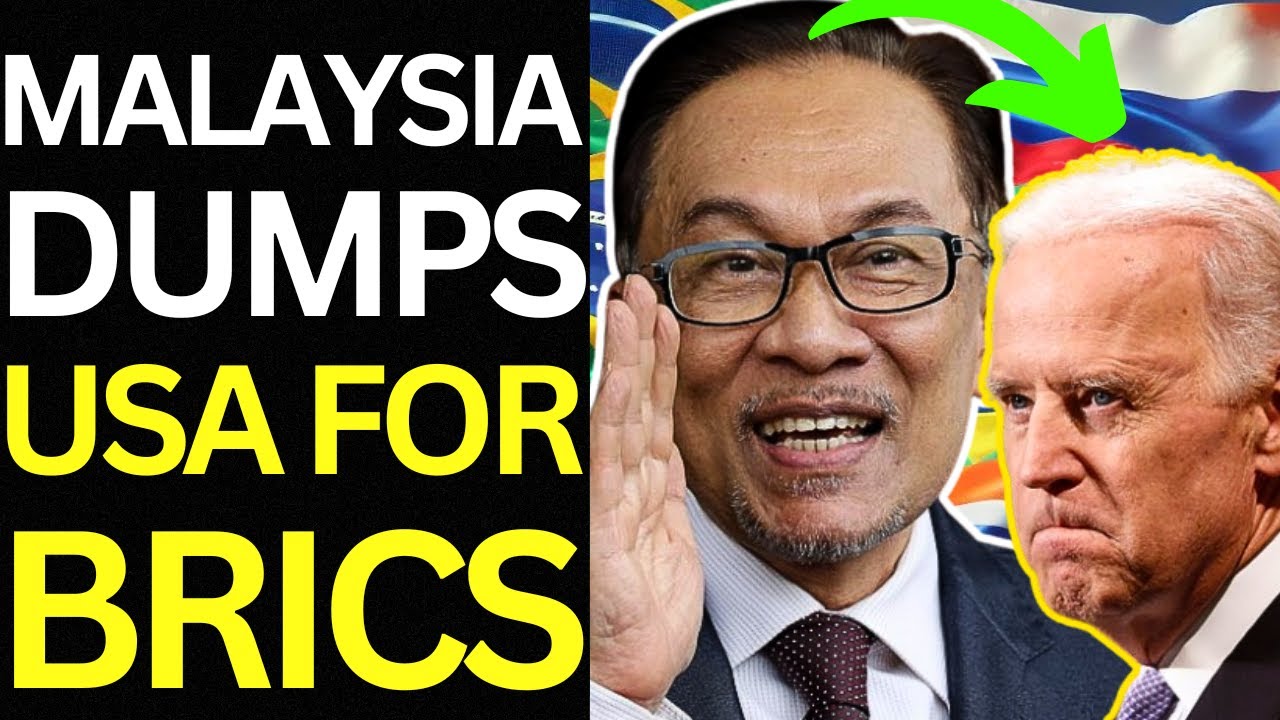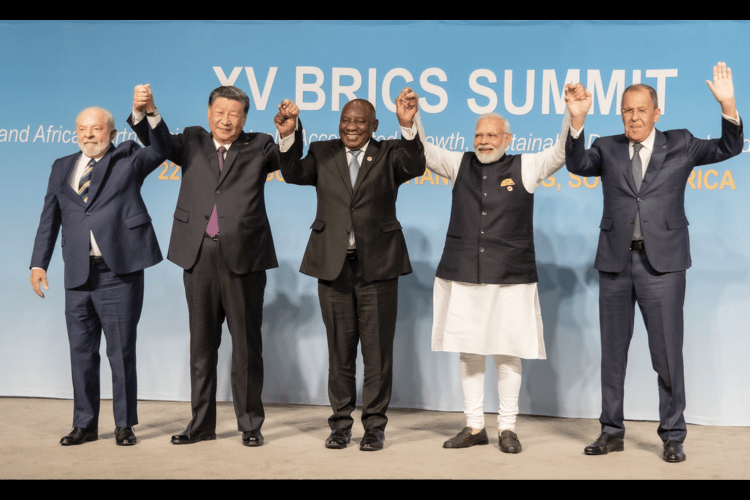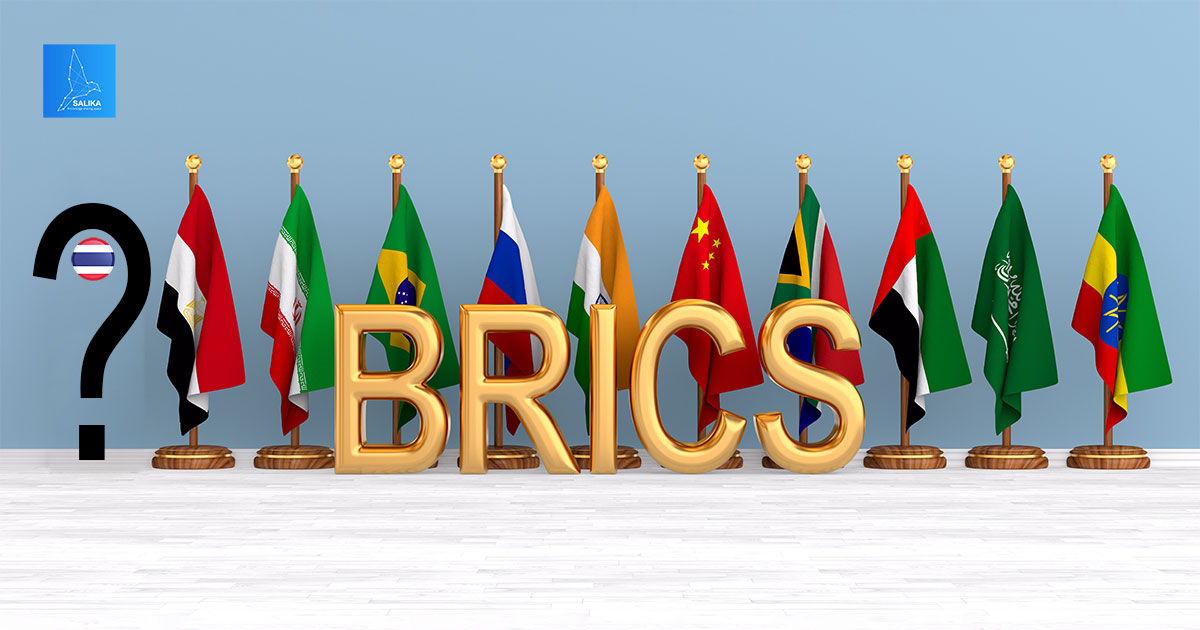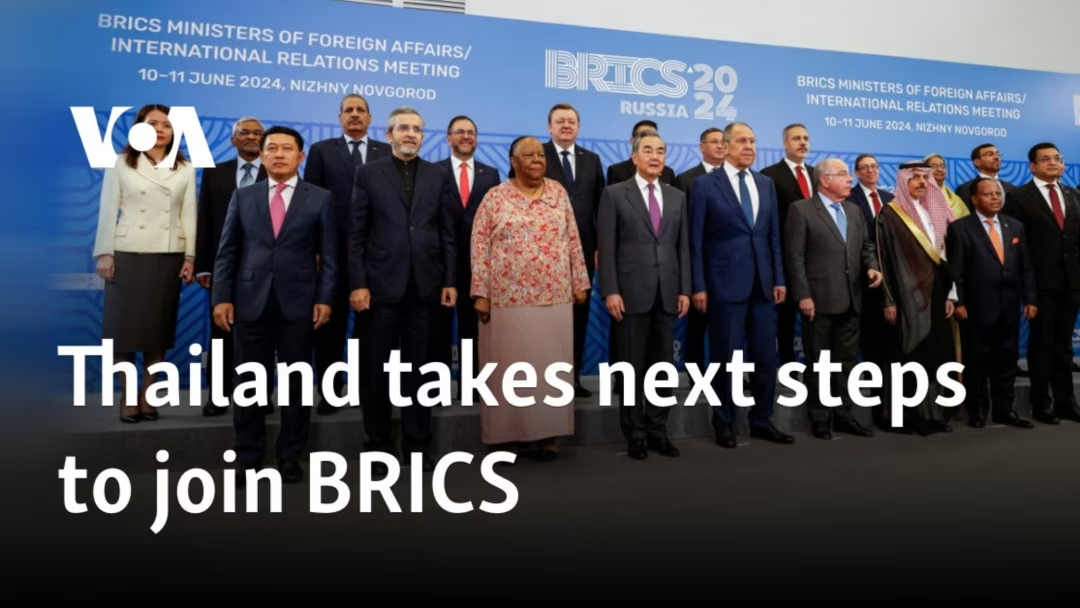Growing BRICS membership could potentially be more beneficial
The entry of Malaysia and Thailand will create an additional obstacle to the dominance of a small group of bloc members
Malaysia and Thailand have recently announced their intention to join BRICS, which has been renamed BRICS+ following the inclusion of new members. This multinational alliance of emerging economies in the 21st century is increasingly viewed as an evolving institutional coalition of Global South nations aiming to establish a robust and inclusive multipolar world order.
With the addition of new members such as Egypt, Ethiopia, Iran, Saudi Arabia, and the UAE, the bloc has expanded from its original four founding members – Brazil, Russia, India, and China – plus South Africa, which joined later, adding the “S” to the acronym. Discussions about further expansion come at a time when China and Russia have strengthened their bilateral ties, particularly with the Middle East, amid US sanctions. The inclusion of significant oil-producing Gulf economies has bolstered the BRICS group.
BRICS+ now represents nearly 3.64 billion people, constituting approximately 45.78 percent of the world’s population. Together, member economies are valued at more than $28.5 trillion, around 28% of the global economy. South Africa’s Minister of International Relations and Cooperation recently disclosed that at least 34 other countries have expressed interest in joining the bloc.
With Malaysia and Thailand expressing their desire to join BRICS+, the alliance is making significant strides in the ASEAN region. Another ASEAN member, Indonesia, has also shown interest, albeit more cautiously. Looking ahead, Vietnam, Laos, and Cambodia could potentially follow suit. There are also rumors about Turkey considering joining BRICS+, although this possibility is expected to face challenges.

Why Malaysia and Thailand are keen to join
BRICS aims to serve as a platform for developing nations to voice their concerns and interests regarding the structure and operation of the global financial system. The increasing acceptance of BRICS/BRICS+ signals significant disruptions in the current international order. Viewing BRICS solely through the lens of US-China/Russia rivalry may oversimplify the emerging dynamics.
A closer examination of BRICS members’ positions on global institutions and international governmental organizations reveals their aligned policy stances, particularly concerning the international financial architecture. Besides advocating for rules-based, open, and transparent global trade, BRICS promotes the use of local currencies in intra-member transactions, moving away from reliance on the US dollar. The expansion of its membership is seen as reinforcing this objective. Saudi Arabia’s recent decision to diversify its petrodollar sales away from the US currency is also seen in this context.
BRICS and BRICS+ represent the perspectives of the Global South, which have consistently called for substantial reforms and greater accountability and inclusivity within institutions like the World Bank and IMF. Moreover, BRICS has been a vocal advocate for comprehensive reform of the UN Security Council, criticizing the current veto power structure as inadequate in representing the global community’s interests.
Malaysia’s cautious stance amidst growing US-China competition is understandable, contrasting with Thailand’s surprising decision to align with BRICS despite its longstanding alliance with the US. However, attributing Thailand’s move solely to a “China factor” would be misleading. Malaysia had previously joined the US-led Indo-Pacific Economic Framework (IPEF) before considering BRICS, while Thailand maintains strong ties with the US and the West without any noticeable decline. Therefore, joining BRICS is more about seizing multilateral opportunities rather than affiliating with an anti-US or anti-Western bloc. Moreover, the presence of members like India, Saudi Arabia, and the UAE within BRICS further complicates any such simplistic narratives.

ASEAN and de-dollarisation
At the 42nd ASEAN Summit, member states reached an agreement to promote the use of local currencies in transactions, signaling a strategic shift away from established currencies such as the US dollar. This move appears to be ASEAN’s response to the weaponization of the US dollar through increasing unilateral sanctions by Washington.
Given the ongoing US-China trade tensions and broader economic decoupling efforts in recent years, countries in the region are understandably concerned about the risks associated with both strong trade ties with China and dependence on the US dollar. Therefore, transitioning towards local and non-US currencies for trade transactions is seen as a prudent measure to mitigate potential impacts from future US sanctions on its rivals and adversaries, including Russia and China.
Anwar Ibrahim has advocated for Malaysia to consider de-dollarization and has supported the concept of an Asian Monetary Fund. Southeast Asian nations are becoming more cautious due to the US dollar’s role in US-imposed sanctions, prompting discussions on diversifying currency options to enhance economic resilience.

Unilateral sanctions by the US
These concerns are grounded in real events. Anwar Ibrahim, who has been vocal about Palestinian issues, has faced threats of sanctions from Western countries and their representatives in Malaysia. In December 2023, the US Treasury Department imposed penalties on four Malaysian-based businesses, alleging their involvement in assisting Iran’s drone production.
Washington claims Iran supplied lethal drones to Russia for use in Ukraine and to alleged terrorist groups in the Middle East. Jatronics Sdn Bhd, a semiconductor company in Malaysia, was among the 300 organizations sanctioned last month for purported links to Russian military supplies.
Speaking at the SEMICON Southeast Asia 2024 tech conference recently, Anwar Ibrahim positioned Malaysia as an ideal, neutral, and non-aligned host for semiconductor manufacturers amidst the US-China tech rivalry. He announced ambitions to attract $100 billion in new investments, emphasizing the US as an important partner for Malaysian chip exports while asserting that his government cannot endorse unilateral sanctions jeopardizing Malaysia’s sovereignty.

China: not the only factor
Economist Jim O’Neill of Goldman Sachs estimates that BRICS+ countries will collectively represent approximately 40% of the global economy by 2050. Between 2012 and 2022, the BRICS nations contributed over 45% of global GDP growth, with China alone accounting for about 25% of this growth.
Given its economic prowess and increasing global influence, China holds a central position within BRICS, influencing both intra-bloc trade dynamics and the bloc’s foreign policy perspectives. China has been Malaysia’s largest trading partner since 2009, with total trade amounting to US$95.8 billion by 2023. Similarly, China is Thailand’s primary trade partner, with bilateral trade reaching US$135 billion in 2023. For Malaysia and Thailand, given their robust trade relations with China and consistent economic growth, joining BRICS aligns strategically.
However, while China plays a significant role in BRICS, the bloc’s cohesion extends beyond China and Russia. Southeast Asian countries like Malaysia and Thailand are already extensively connected with China through bilateral and ASEAN-led multilateral frameworks. Thus, their engagement with China does not exclusively hinge on participation in forums like BRICS.
BRICS encompasses not only China and Russia but also India, South Africa, and Brazil, which are pivotal emerging economies in today’s financial and geopolitical landscape. These countries maintain robust and cooperative relationships with the United States and its allies across Western and Asian regions.
It’s essential to recognize that within BRICS, India, Brazil, and South Africa also participate in a smaller grouping known as IBSA (India, Brazil, South Africa), although this forum has been relatively inactive in its operations.
In conclusion, BRICS represents a significant platform where these diverse emerging economies collaborate, despite their varied relationships with Western and Asian allies. While China and Russia play crucial roles within BRICS, India, South Africa, and Brazil contribute to the group’s collective influence and agenda, shaping discussions on global economic and political matters.
BRICS, originally an economic initiative aimed at empowering the Global South, has evolved into a significant multilateral forum representing emerging powers worldwide. However, China, despite its superpower status, technically does not fit the Global South category anymore. The inclusion of China and Russia, along with the diverse membership, presents both challenges and opportunities for BRICS.
Looking into the future of BRICS/BRICS+, it is unlikely to become a bloc solely focused on criticizing the US, centered around China and Russia. Ideally, BRICS aims to offer an alternative narrative to the Western-led liberal international order, synthesizing diverse perspectives from the Global South into a common agenda rather than functioning as a China-Russia alliance with supportive members.
Despite member countries’ substantial economic ties with China, growing concerns about Beijing’s diplomatic policies and hegemonic ambitions pose vulnerabilities to the bloc’s solidarity, especially concerning relations with countries like India. India’s rapid economic growth and increasing geopolitical influence also challenge BRICS as a predominantly China-centric entity.
Drawing comparisons with other large groupings like the EU or ASEAN, BRICS faces obstacles in achieving unified alliance-style outcomes due to differing economic statuses, cultural backgrounds, national agendas, and balancing acts vis-à-vis the US and its allies.
The entry of Malaysia and Thailand into BRICS could further democratize the multilateral dynamics of the bloc, moving it further away from potential domination by a few members. Ultimately, BRICS aims to uphold its founding principle of avoiding domination and fostering equitable cooperation among its diverse membership.















Leave a Reply